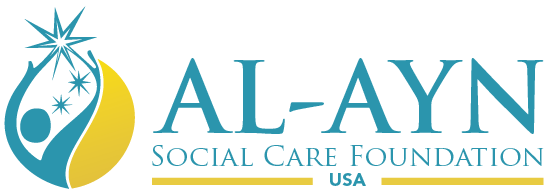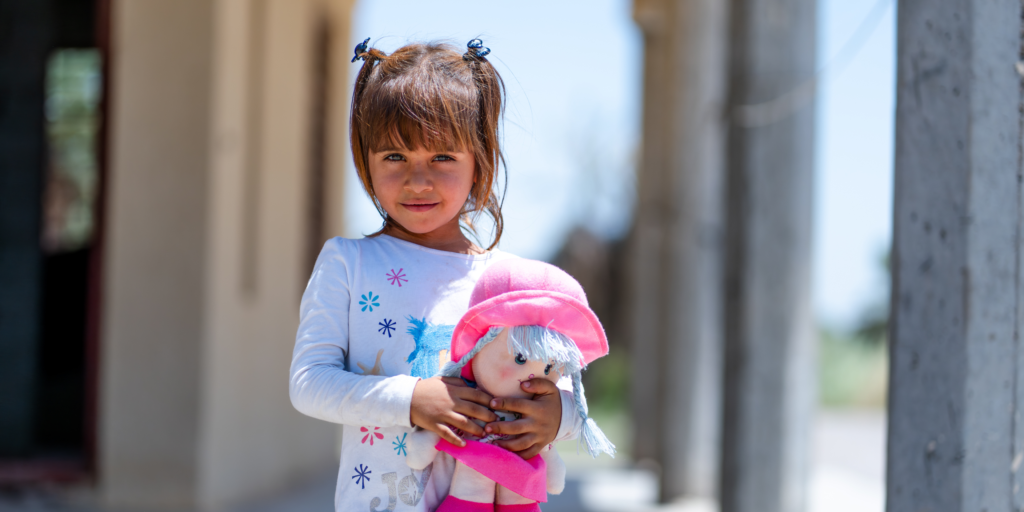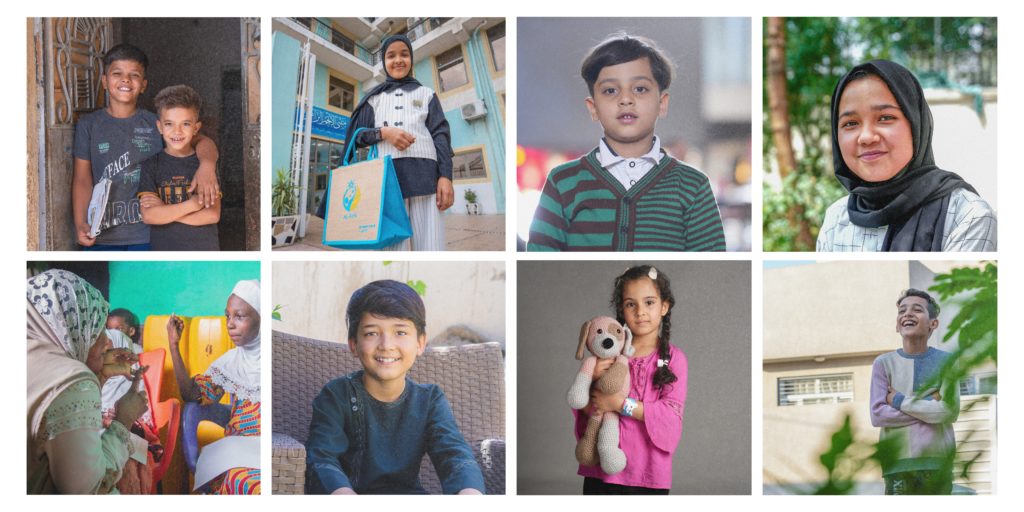 Donate
Donate
 Donate
Donate
Surplus
Deductions
Total amount subject to Khums $0
Khums Due $0
Sahm al Imam to be paid $0
Sahm al Sada to be paid $0

Ramadan is a sacred month in Islam, marked by fasting, reflection, and various acts of worship. It is a time of immense spiritual growth, where believers seek forgiveness, increase their good deeds, and strengthen their connection with Allah (SWT). Charity is an essential part of Ramadan, as the rewards for giving are multiplied, making it the perfect time to help those in need. Imam Ali (AS) emphasized the power of charity, saying:
“Protect your belief by charity; guard your wealth by paying Allah’s share; and ward off the waves of calamity by praying.” (Nahjul Balagha)
This hadith highlights how giving in charity not only benefits those in need but also safeguards our own faith and well-being.

In Iraq, Afghanistan, and Ghana, thousands of orphaned children and widowed mothers face extreme poverty, and a lack of access to basic necessities. The economic crises and ongoing conflicts in these regions have left many families without support, struggling to survive.
• Iraq: Nearly 50% of children in Iraq experience multidimensional poverty.
• Afghanistan: Approximately 85% of people live on less than one dollar a day.
• Ghana: Over 1.2 million children lack access to safe and adequate housing.
At Al-Ayn, we have teams on the ground in these countries, ensuring that orphaned children and their families registered with Al-Ayn, have their unique needs met. As experts in the field, we are committed to providing long-term support, not just immediate aid. Our approach goes beyond short-term relief, offering sustainable solutions that address the root causes of poverty, instability, and hardship. With over 19 years of experience and a deep understanding of the challenges faced by orphaned families, we are able to create lasting change and ensure that families and children thrive in the long term.
The need is immense, but together, we can make a difference.
By donating this Ramadan, you can provide life-saving support to orphaned children and widowed mothers who desperately need assistance. Your generosity can help break the cycle of poverty and create lasting change. Even a small contribution can go a long way in changing lives.
• $60 can cover emergency medication for an orphaned child or widowed mother.
• $150 could provide urgent financial aid to a family for two months.
• $300 can cover the cost of a surgical procedure for an orphaned child.
• $625 can help provide a safe and secure home for a vulnerable family.
Every donation, no matter the amount, brings hope and relief to those suffering. Act now and make a difference today, click here to donate.

The Reward for Donating in Ramadan
Ramadan is a time when every good deed is multiplied, making it the perfect opportunity to give and maximize rewards. Acts of charity performed in this sacred month not only provide immediate relief to those in need but also bring immense spiritual blessings.
By donating, you are not only easing the suffering of orphaned children and widowed mothers, but you are also investing in your own Hereafter. Your generosity becomes a source of ongoing reward, as every life you touch continues to benefit from your kindness. This is more than just charity – it is an opportunity to build a legacy of compassion, ensuring that your generosity continues to bring blessings for years to come.
Your contributions could provide an orphaned child with:
• Life-saving medical aid
• Financial stability for families who have lost their primary breadwinner
• Safe homes so they feel secure
• A future of hope
Real change happens when we come together to uplift those in need. Donate here.
This Ramadan, be a source of hope for orphaned children and vulnerable families. To make your donation, visit https://www.al-ayn.org/ramadan-2025/ or download the Al-Ayn app to give easily and track your contributions.